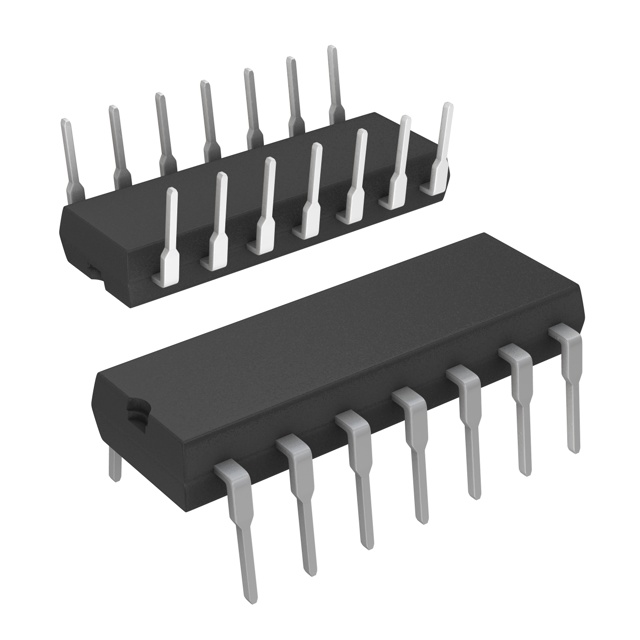SN74LVC1G04DBVTG4
Manufacturer No:
SN74LVC1G04DBVTG4
Manufacturer:
Description:
IC INVERTER 1CH 1-INP SOT23-5
Datasheet:
Delivery:





Payment:




In Stock : 0
Please send RFQ , we will respond immediately.









SN74LVC1G04DBVTG4 Specifications
-
TypeParameter
-
Package / CaseSC-74A, SOT-753
-
Supplier Device PackageSOT-23-5
-
Mounting TypeSurface Mount
-
Operating Temperature-40°C ~ 125°C (TA)
-
Max Propagation Delay @ V, Max CL3.7ns @ 5V, 50pF
-
Input Logic Level - High1.07V ~ 3.85V
-
Input Logic Level - Low0.58V ~ 1.65V
-
Current - Output High, Low32mA, 32mA
-
Current - Quiescent (Max)10 µA
-
Voltage - Supply1.65V ~ 5.5V
-
Features-
-
Number of Inputs1
-
Number of Circuits1
-
Logic TypeInverter
-
PackagingCut Tape (CT)
-
PackagingTape & Reel (TR)
-
Product StatusDiscontinued at Digi-Key
-
Series74LVC
The SN74LVC1G04DBVTG4 is a specific integrated circuit chip manufactured by Texas Instruments. It is a single inverter gate chip that belongs to the LVC (Low-Voltage CMOS) family. Here are some advantages and application scenarios of this chip:Advantages: 1. Low-voltage operation: The SN74LVC1G04DBVTG4 operates at a low voltage range, typically between 1.65V and 5.5V. This makes it suitable for battery-powered devices and other low-power applications. 2. High-speed performance: This chip offers fast switching speeds, allowing for efficient signal processing and data transmission. 3. Small form factor: The SN74LVC1G04DBVTG4 is available in a small SOT-23 package, which makes it suitable for space-constrained designs and compact electronic devices. 4. Wide temperature range: It can operate reliably across a wide temperature range, typically from -40°C to 125°C, making it suitable for various environments.Application scenarios: 1. Logic level conversion: The SN74LVC1G04DBVTG4 can be used to convert logic levels between different voltage domains. It ensures compatibility between devices operating at different voltage levels. 2. Signal buffering: It can be used as a buffer to amplify and stabilize weak signals, ensuring proper signal integrity in digital circuits. 3. Clock signal generation: The chip can generate stable clock signals for synchronous digital systems, ensuring proper timing and synchronization. 4. Voltage level shifting: It can be used to shift voltage levels in bidirectional communication interfaces, such as I2C or SPI, enabling communication between devices with different voltage requirements.It's important to note that the specific advantages and application scenarios may vary depending on the requirements of your project or application. It's always recommended to consult the datasheet and application notes provided by the manufacturer for detailed information and guidelines.
SN74LVC1G04DBVTG4 Relevant information







